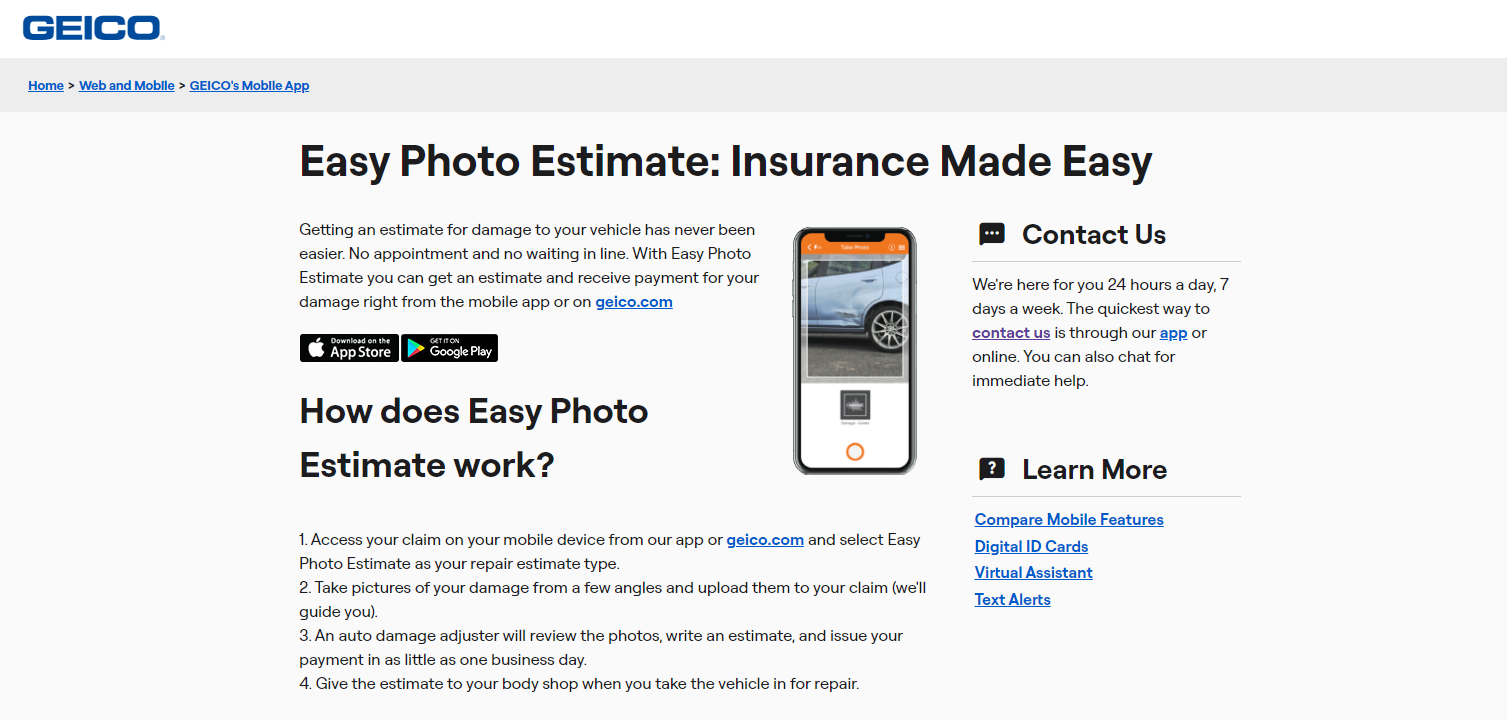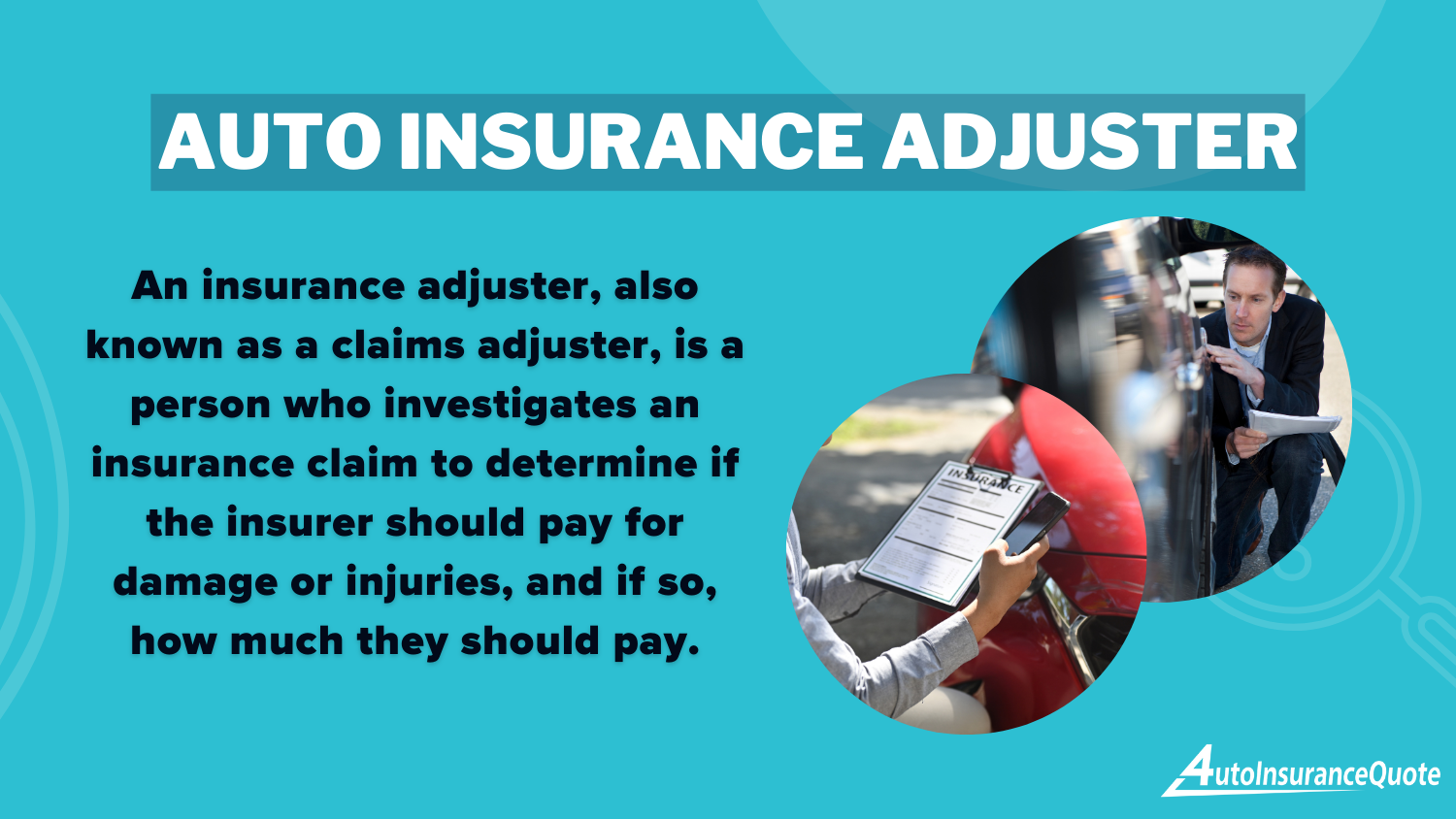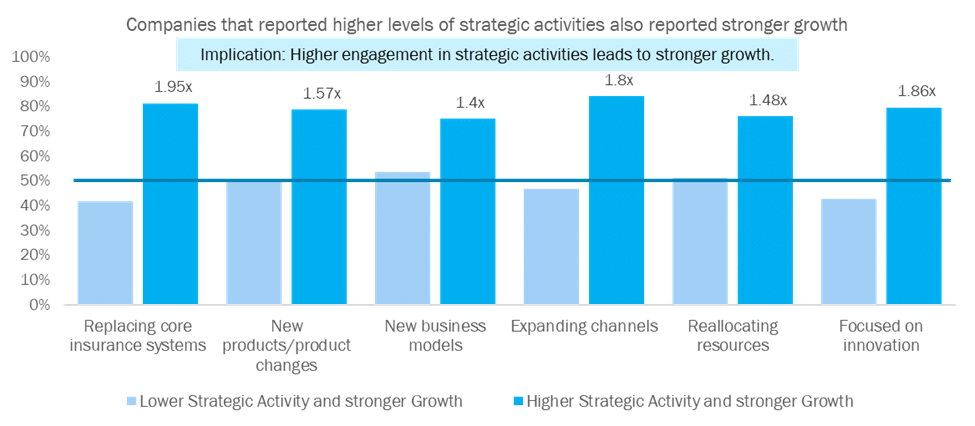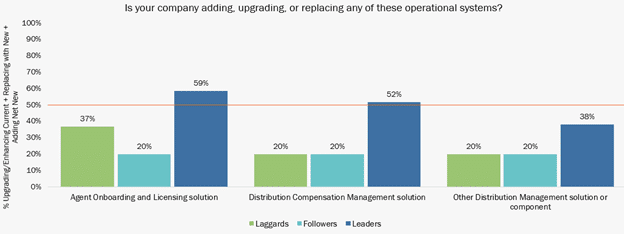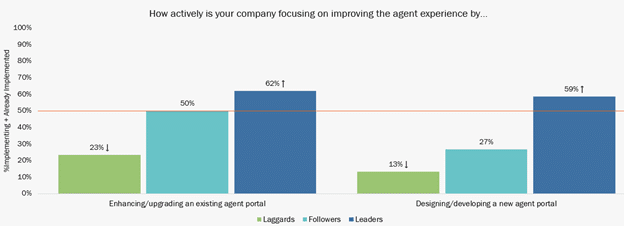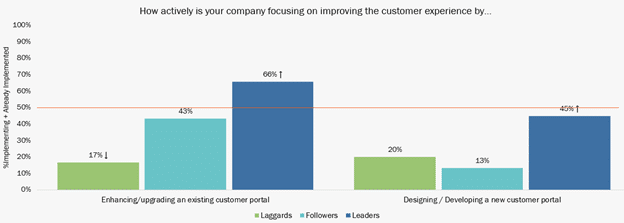
Comparing Stances on Healthcare Policy: Trump vs. Harris in 2024
As the 2024 general election approaches, health care remains a critical issue for voters. Understanding how Democratic nominee Kamala Harris and Republican nominee Donald Trump approach key aspects of healthcare policy is essential for understanding the future of U.S. health care and health insurance.
The Future of Healthcare Programs
Historically, Donald Trump and Kamala Harris have taken vastly different approaches to policies affecting the Affordable Care Act, Medicaid, and
Medicare. The results of the 2024 elections could determine the direction of U.S. healthcare policy for years to come, impacting both insured and uninsured Americans.
Affordable Care Act (ACA)
During his presidency, Donald Trump made several attempts to repeal and replace the
Affordable Care Act (ACA), which would have significantly increased the number of uninsured Americans. His actions included eliminating the individual mandate penalty, which required most Americans to have health insurance or pay a fine. This move, coupled with cutting outreach funding, undermined the ACA’s foundation, leading to higher premiums and reduced coverage options. Despite his criticisms of the ACA, Trump has yet to present a clear replacement plan.
On the other hand, Kamala Harris has been a key figure in strengthening the ACA. The Biden-Harris administration expanded
ACA subsidies through the
American Rescue Plan Act (ARPA), making healthcare more affordable for millions of Americans. These subsidies were further extended by the Inflation Reduction Act (IRA), which helped to lower monthly premiums and out-of-pocket costs. The Biden-Harris administration also reversed Trump-era policies that weakened ACA coverage, ensuring better protection and more comprehensive options for those in need.
Medicaid
Trump’s approach to
Medicaid focused on reducing federal oversight and involvement. He advocated for cutting federal funding for Medicaid and shifting costs to states, which could have led to reductions in benefits and coverage for millions of low-income Americans. Trump also supported implementing work requirements for Medicaid recipients, potentially excluding many from receiving necessary health care services.
In contrast, Harris has championed
Medicaid expansion leading up to the election. Under her leadership, the Biden-Harris administration has encouraged states to extend postpartum Medicaid coverage to reduce maternal mortality and provided incentives for states to close the coverage gap, particularly in underserved communities. Harris continues to propose policies aimed at streamlining Medicaid enrollment and improving access to care, ensuring that eligible Americans receive the support they need through this program.
Medicare
Donald Trump has consistently pledged to protect
Medicare, but his administration’s actions risked accelerating the insolvency of Medicare’s trust funds. Without a clear plan for Medicare’s long-term sustainability, there is concern about the program’s future viability under another Trump administration.
Harris has proposed raising Medicare taxes on high earners to support the program’s financial stability. She has also supported the Inflation Reduction Act, which includes provisions to lower prescription drug costs and cap insulin prices, making Medicare more affordable and accessible. Harris continues to focus on enhancing Medicare within its existing framework, improving coverage, and ensuring that seniors have access to necessary medical services without facing excessive costs.
Reproductive Care
Reproductive care has been a highly contested issue in the months leading up to the 2024 election, with significant differences between Trump and Harris’s approaches. Their views on abortion and contraception will likely impact healthcare policies and the ability to access reproductive care through their health insurance for years to come.
Access to Abortion
Trump takes credit for the Supreme Court’s decision to overturn Roe v. Wade, leaving abortion laws to individual states. This has resulted in a patchwork of restrictive abortion laws across the country, with some states imposing severe limitations on access to abortion services. Trump has also suggested the possibility of a national abortion ban with certain exceptions, though this remains uncertain.
Kamala Harris is a staunch advocate for reproductive rights. She has been a leading voice in the Biden-Harris administration’s efforts to safeguard abortion access nationwide. Harris supports federal legislation to restore the protections previously guaranteed by Roe v. Wade and has taken steps to ensure that women in restrictive states still have access to necessary services.
Contraception
During his presidency, Trump took steps to restrict access to contraception. This includes barring family planning clinics like Planned Parenthood from receiving federal Title X funds and allowing employers with religious or moral objections to opt out of providing contraceptive coverage under the ACA.
The Biden-Harris administration has worked to expand access to contraception. They reinstated Title X rules requiring clinics to offer a comprehensive range of contraceptives and pregnancy options counseling. Additionally, the administration approved the first over-the-counter oral contraceptive pill, making it easier for individuals to obtain birth control without a prescription.
Public Health and Prescription Drug Pricing
As American citizens continue to struggle with rising prescription drug costs and other public health challenges, Trump and Harris offer contrasting strategies that could shape access to healthcare for millions of Americans.
Public Health
Trump’s approach to public health, particularly during the COVID-19 pandemic, has been marked by skepticism toward scientific consensus. His administration often downplayed the severity of the pandemic and shifted much of the responsibility for pandemic response to individual states. Trump continues to propose budget cuts to many federal public health programs.
On the other hand, the Biden-Harris administration has implemented a science-driven approach to public health. They implemented federal mask and vaccine mandates, expanded testing, and bolstered the public health workforce. Harris has continued to emphasize the importance of evidence-based responses and comprehensive pandemic preparedness to protect public health.
Prescription Drug Pricing and Health Care Costs
Trump made several moves to reduce prescription drug costs, including a voluntary model capping monthly insulin costs at $35 for Medicare Part D enrollees and allowing states to import cheaper drugs from Canada. He also introduced the No Surprises Act to protect patients from unexpected out-of-network medical bills. Trump’s 2024 campaign continues to focus on reducing drug prices and health care costs, with promises to lower health insurance premiums.
Harris has also been active in addressing drug pricing and health care costs, playing a key role in the Inflation Reduction Act. This legislation allows Medicare to negotiate drug prices and caps monthly insulin costs at $35 for both Medicare Part B and Part D, and expands price transparency rules. The Biden-Harris administration has also advocated for reducing medical debt and tackling anticompetitive practices in the health care sector.
Approaches to Mental Health and Addiction
As mental health and opioid challenges continue to affect countless Americans, the next administration’s response will affect healthcare policies that increase accessibility to care.
Mental Health
Trump’s mental health policies included a controversial return to institutionalization for the severely mentally ill, departing from community-based treatment approaches. His administration’s support for Medicaid cuts also reduced access to behavioral health services. During his presidency, he did support some mental health initiatives, such as establishing the 988 crisis hotline for individuals in mental health crises.
Harris, under the Biden administration, focused on expanding mental health care access, especially for underserved populations. The Biden-Harris administration launched the National Maternal Mental Health Hotline and extended Medicaid coverage for postpartum mental health. Improvements in crisis care, including the enhancement of the 988 hotline and mobile crisis services, reflect Harris’s commitment to better mental health support.
Opioid Use Disorders
Trump took an aggressive stance on the opioid crisis, declaring it a public health emergency. His 2024 campaign proposes even tougher measures, including stricter border policies and severe penalties for drug traffickers. Trump also advocates for faith-based treatment programs, though his approach leans heavily on law enforcement rather than healthcare and mental health programming.
Harris supports a comprehensive strategy to address opioid use disorders, including reducing the supply of illicit drugs like fentanyl and expanding access to evidence-based treatments. She has also backed state and tribal grants for opioid response and enhanced treatment options in correctional facilities.
Looking Ahead: Healthcare in the 2024 Election
As the 2024 election nears, the healthcare policies of Donald Trump and Kamala Harris present contrasting visions for the future of U.S. healthcare. These stark differences in healthcare policies will significantly impact how
individual and family health insurance policies and healthcare options are approached post-election.
To understand how these proposed changes in healthcare policies might affect your health insurance and overall care,
contact us at Sackett Insurance Services. Our insurance advocates are here to help you navigate these potential changes and ensure you’re prepared for whatever comes next.


 available in NJ. It is to a car owner’s benefit to learn about the excellent protection provided with Chubb Masterpiece Auto Preference insurance for NJ car owners. Bogle Agency Insurance agents are always available to help you find the best automobile insurance with the highest limits of coverage.
available in NJ. It is to a car owner’s benefit to learn about the excellent protection provided with Chubb Masterpiece Auto Preference insurance for NJ car owners. Bogle Agency Insurance agents are always available to help you find the best automobile insurance with the highest limits of coverage.




